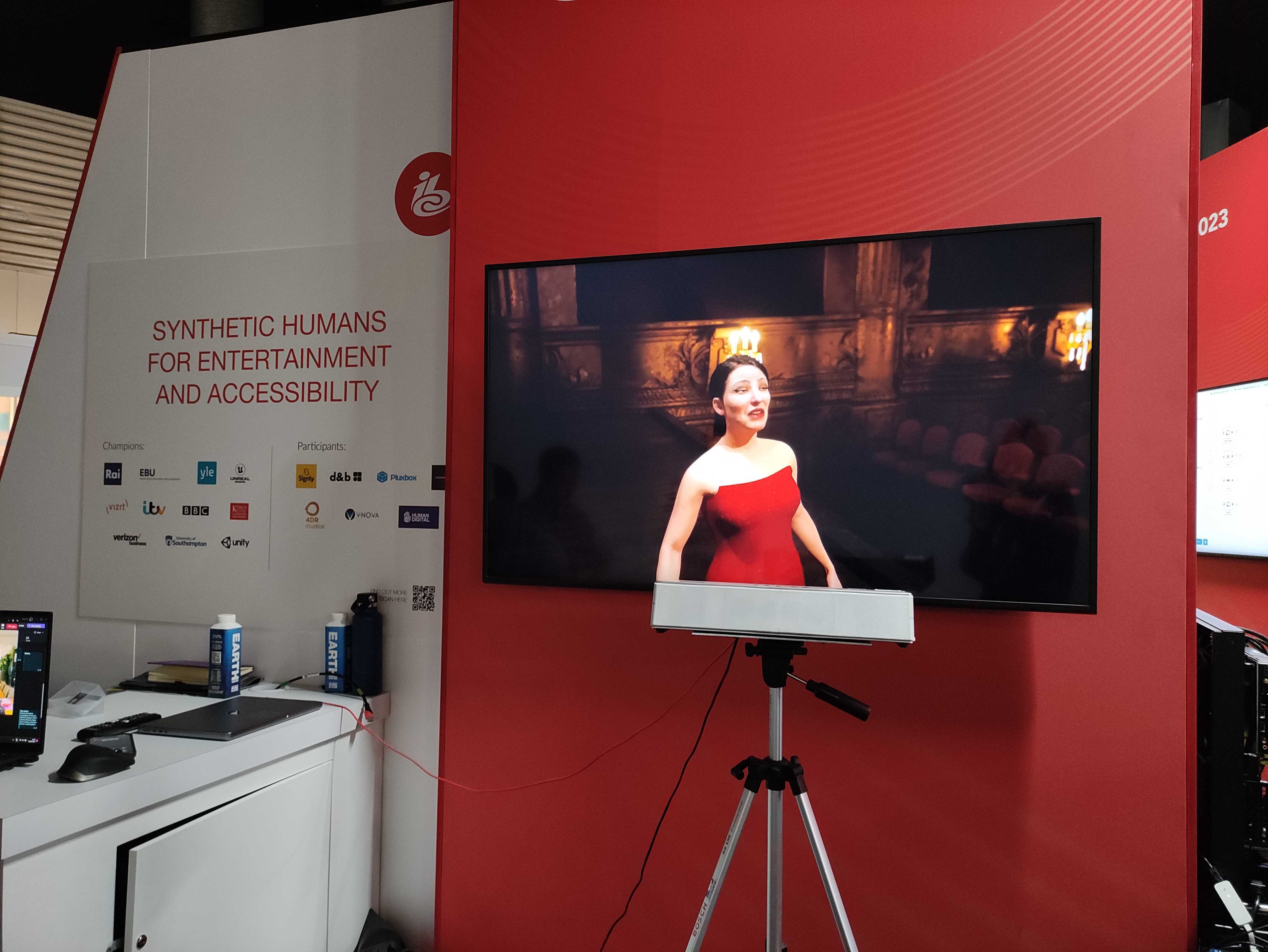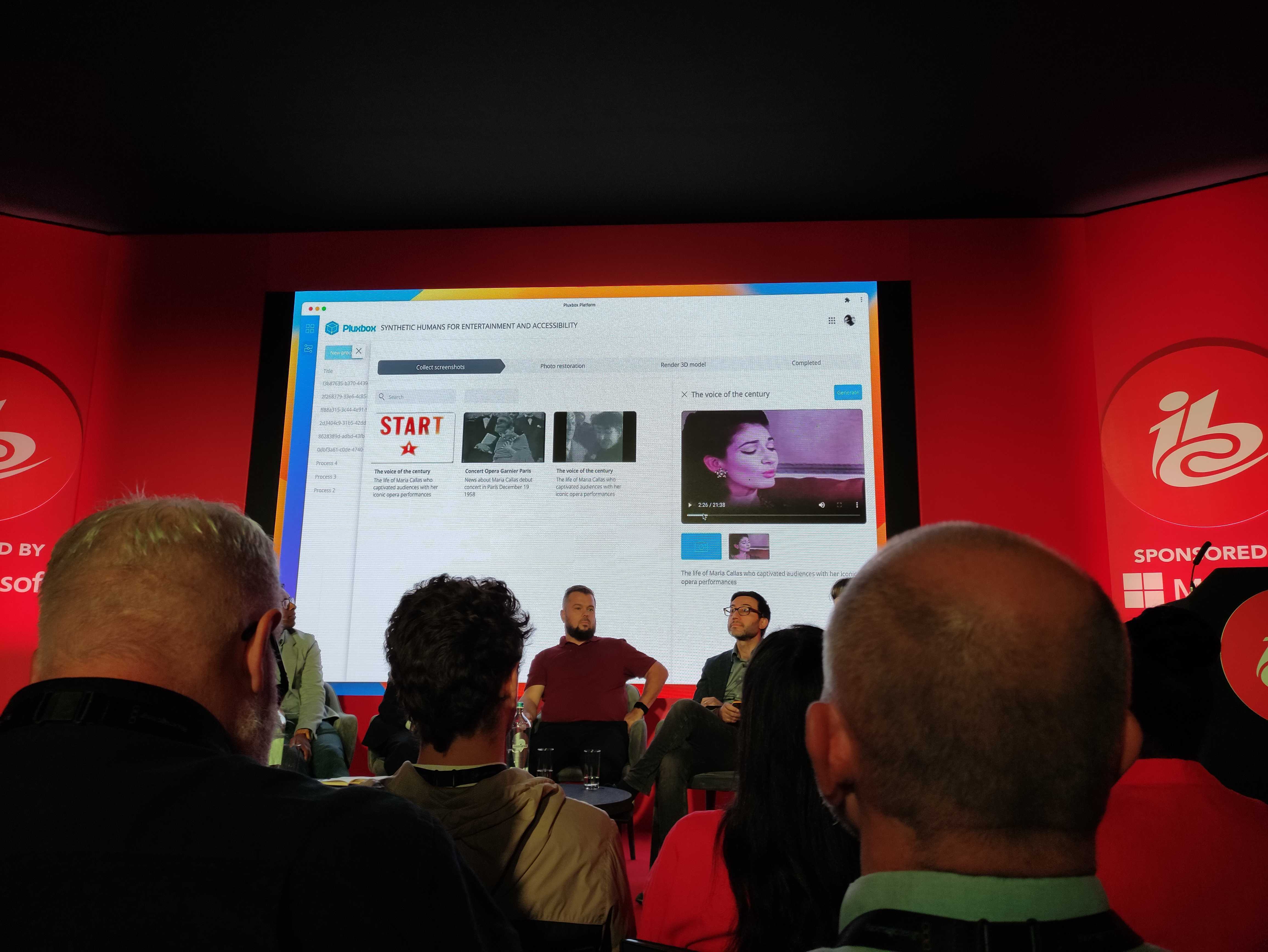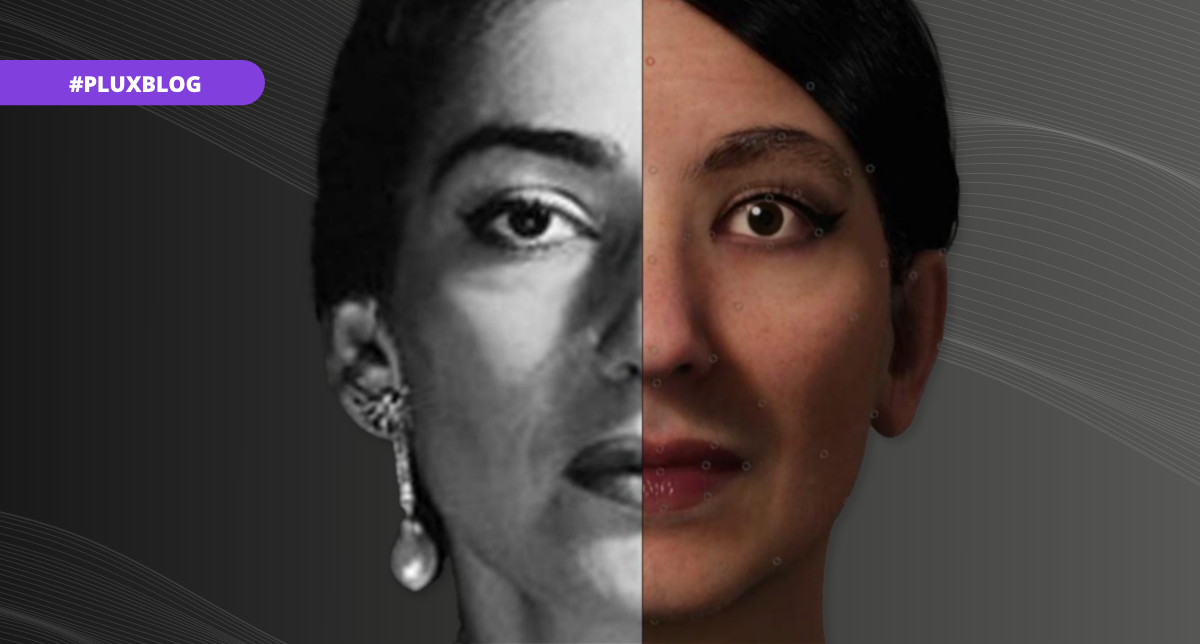Be honest. Do thoughts about emerging technologies send you into awe or fear? I can bet it's probably the latter. But let's put aside for a minute all the possible doom and gloom scenarios and dive into all the "impossible made possible" scenarios.
Conquering tomorrow with confidence
In Pluxbox, we are not afraid of either AI or Metaverse or whatever technological beast comes our way. This exciting innovative project was not an exception for us. Every year IBC puts visionaries of media world to the test during The IBC Accelerator Media Innovation Programme. Eight teams are challenged to solve a complex problem connected to media and emerging tech. Our team was challenged to create synthetic humans that can accurately and realistically replicate human movements and facial expressions.
In partnership with public broadcasters, RAI, YLE and the EBU, we looked into the future of the media and entertainment and gave the industry a glimpse of the rising digital reality. The goal of the project was to explore a variety of 3D production techniques and motion capture technology tools to build synthetic humans that can accurately and realistically replicate human movements and facial expressions.


Filling the gap between generations and workflows
Apart from the innovative aspect of this project, we were all driven by the idea of bridging a time gap between past and present. For this mission, we chose one of the most influential opera singers of the 20th century - Maria Callas, who we brought on (virtual) stage once again.
As Pluxbox specialises at orchestration and automation of media workflows, our team was responsible for building and automating a workflow, which was generating a 3D model of a renowned opera singer. Thanks to extensive media archives of RAI, we were able to collect enough material to successfully generate a synthetic human of Maria Callas.
With Pluxbox being a base, we integrated various tools in one system, which together enabled qualitative 3D modelling: Blender and Photoshop. The designed system automatically restores low quality media assets from the past century and turns them into a qualitative 3D model in minutes. More than that, thanks to AI-powered functionalities, the designed workflow minimises human interference, which gives broadcasters more creative freedom and a new way of working.
This project proves again the importance of unified and synchronised media workflows for streamlined performance and more efficient production in media. Especially, as the industry taps into the digital future and becomes more dependent on emerging technologies. Our role, as a workflow orchestration and automation platform, is to empower media companies to interact effortlessly, gain insight into the process, and maintain their digital assets with ease.
Want to have a personal tour around the project? Reach out to us for a demo!

